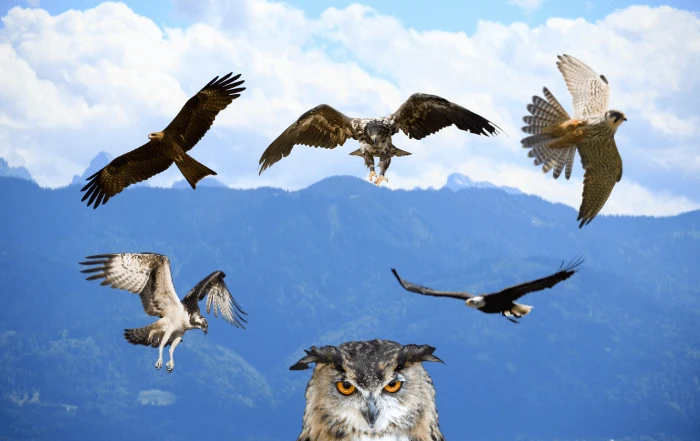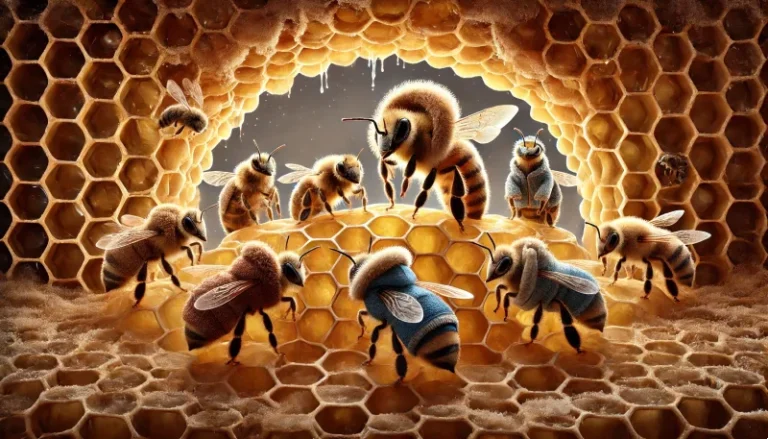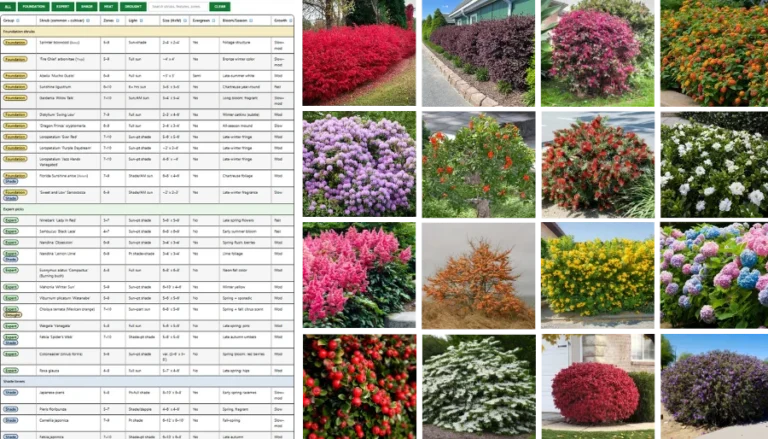Birds of prey or raptors are strong, powerful birds with exceptional eyesight, hearing, sharp talons and beaks, which make them highly skilled aerial predators.
They are considered to be an ecological barometer. That means they provide an indication to the health of the environment.
If the population of raptors is high, it means the environment is healthy. But if the population decreases, it indicates that there is a problem.
These birds are heavily affected by environmental contaminants such as pollution and the use of harmful chemicals, such as pesticides and rodenticides.
Meaning, if the levels of contamination are high, there will be a decrease in the raptor population, and we should all be concerned.
Raptors eat rodents, rabbits, other birds, fish and lizards, which makes them an important asset to both people and the environment. They help control the population of dozens of animals.
While raptors prefer to live in forests, grasslands, prairies, and pastures; as the human population increases and takes more of their natural habitat, they have been forced to adapt to urban living.
This is the reason we need to learn to cohabit with them and help keep these beautiful, beneficial predators thriving for the health of the planet for future generations.
There are several types of raptors.
-
- Eagles
- Hawks
- Owls
- Falcons
- Osprey
- Kites
- Harriers
- Vultures
- Buzzards
The types of raptors you’ll see around you will vary depending on where you live. We know they each have an important role in nature. Some are more well known than others.
We all know America’s favorite the bald eagle, the red-tailed hawk and the great horned owl. These particular birds have been symbols of strength and power for many cultures. But they are only a few of many.
Take some time and get to know the different types that you might find in your area and learn how you can protect their environment.
BIRDS OF PREY AND PEOPLE
Birds of prey have been involved with humans for thousands of years. They have been admired, loved, feared and hated.
People have associated them with evil and witchcraft, as competitors for small game, and killers of livestock. Of course, this caused the hatred and fear for these birds, which inevitably resulted in many raptors being killed. Thankfully, they also have many people who love and admire them, and for good reason.
As human populations continue to grow and more birds of prey adapt to living in cities and suburbs, we must acknowledge the benefits these birds provide us. They eat mice, rats, rabbits, chipmunks and squirrels that damage or destroy crops and landscape and also spread diseases.
We can’t forget natures most efficient clean up crew – the vultures and buzzards. These birds play an extremely significant role in nature by eating the carcasses of dead animals (including road kill). In turn this helps control the spread of any diseases that the animal may be carrying and disposing of literally every part.
A lot of people consider these birds disgusting, but they are vital to the health of the earth and people.
Give them some thanks next time you see a group eating that road kill, they deserve the praise.
I know the thought of a hawk eating a rabbit or squirrel isn’t pretty, but it’s a necessary part of nature. If the populations of their prey are left unchecked, the prey themselves are negatively affected. Higher populations increase the spread of disease and genetic weakness. So, as ugly as the thought is, it’s actually beneficial to both animals.
The hawk in your yard can’t run to the grocery store for some chicken, so don’t fault him for feeding himself and his family.
It’s very important to always supervise and stay close to small pets when outdoors in areas where raptors live.
This isn’t just for people in rural areas anymore, this applies to anyone now, because on occasion raptors have killed small dogs and cats.
I know it’s a horrible experience for a pet owner to lose a pet this way, but you also have to remember that predators of any kind don’t see small dogs and cats as pets, they only see food.
And all creatures need to eat to live.
When a predator hunts, he wants to take the easiest prey possible, sick, old and injured are their preferred targets, they are not as much of a risk of injury to them or as much of an energy expenditure.
Unfortunately, our pets have lost a lot of their awareness to the risk of predators, so they present themselves as easy targets.
We can’t blame a raptor for doing what his instincts have taught him for survival.
This is also important for people that keep backyard livestock, such as chickens, geese and rabbits, be sure to have your enclosures covered to protect your livestock.
While it’s an additional initial cost, but it will give you peace of mind that your livestock will be safe. So, just be careful and protect your pets and livestock.
More To Discover
- Green or Black Tea? Be Your Own Supplier and Grow Both In Your New Flavorful Tea Container Garden – Indoors or Out
- Don’t Know What to Do with Your Surplus Herbs from Your Herb Garden, Here’s an Idea for You!
- How to Attract Bats to Your Backyard So They Work Hard for You
- From Seeds to Feasts: Grow the Magic of a Permaculture Food Forest in Your Backyard
We must do our part to protect the environment to ensure these birds flourish. Without these birds, rodent populations would increase, which in turn damage crops and increase the spread of disease.
We need to put aside our fears and dislike and embrace these birds for the true gems they are to the world. They deserve to be respected and protected and as long as we take the steps to protect our pets and livestock, we can easily cohabit with these majestic predators.
Birds of Prey in North America
-
- Bald Eagle
- Red-Tailed Hawk
- Barn Owl
- Barred Owl
- Great Horned Owl
- Peregrine Falcon
- Screech Owl
- American Kestrel
- Snail Kite
- Osprey
- Ferruginous Hawk
- Burrowing Owl
- Golden Eagle
-
- Prairie Falcon
- Short Eared Owl
- Swainsons Hawk
- Saw Whet Owl
- Great Gray Owl
- Red Shouldered Hawk
- Sharp Shinned Hawk
- Coopers Hawk
- Broad Winged Hawk
- Rough Legged Hawk
- Merlin
- Turkey Vulture
- Black Vulture

















